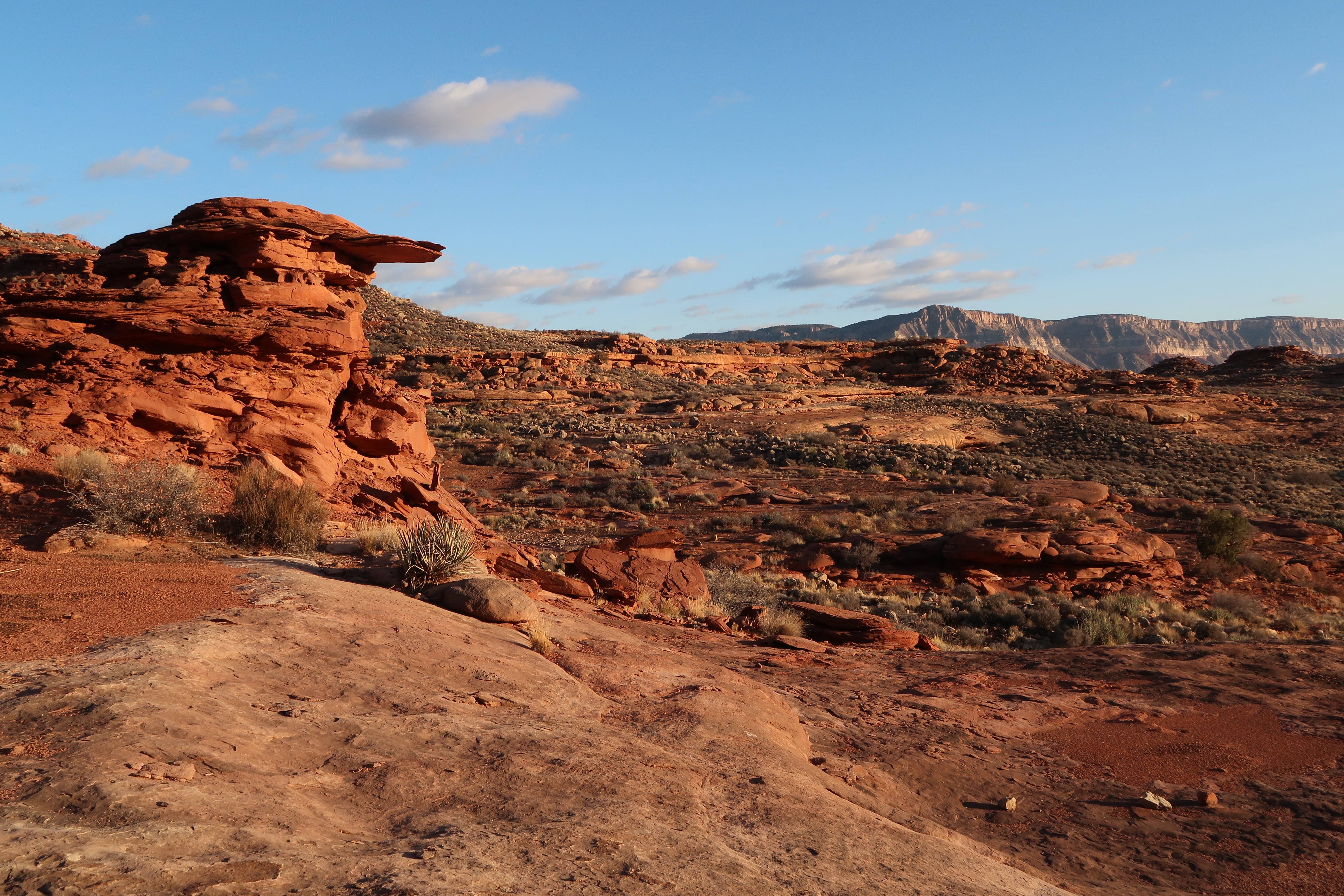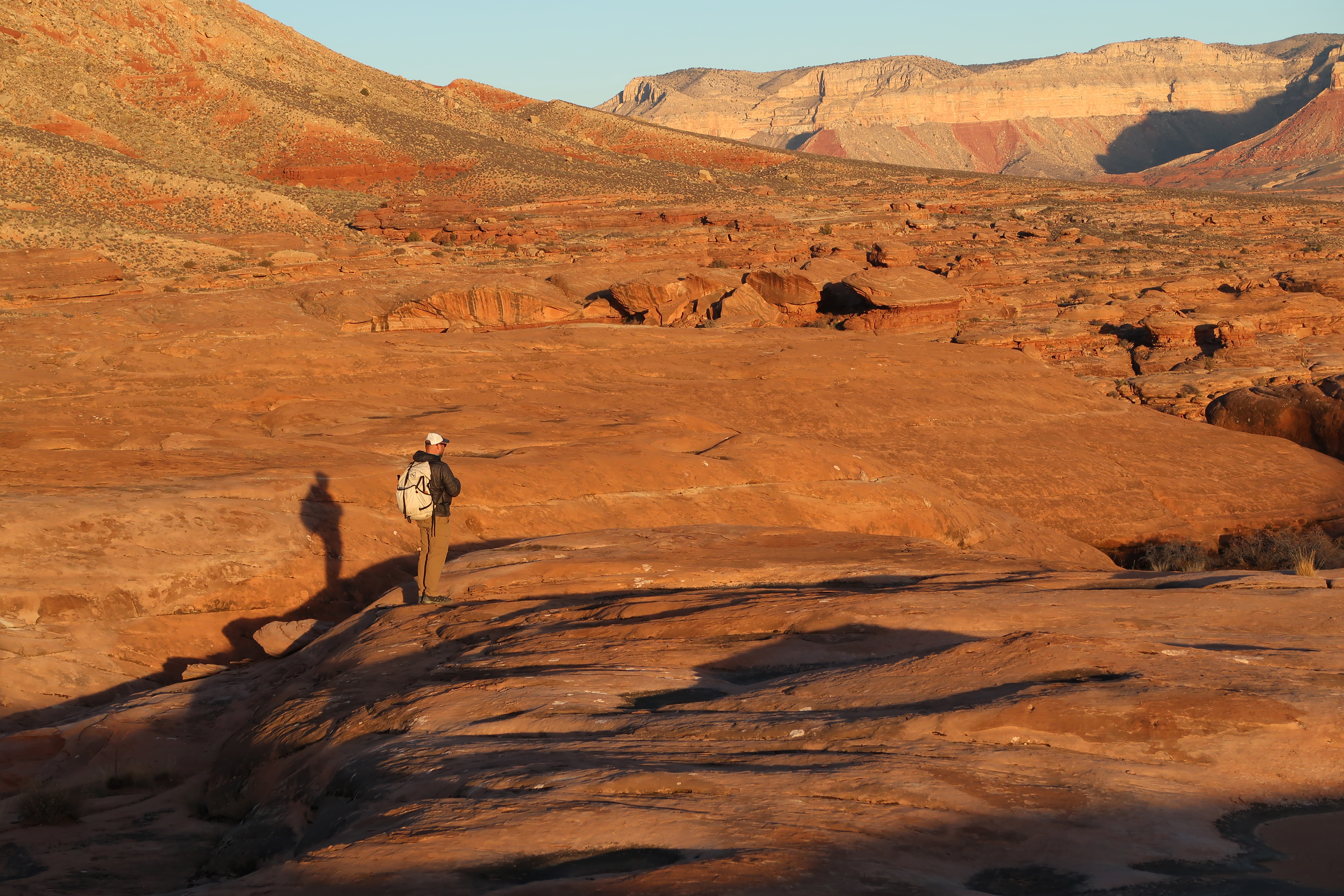
Analysis:
A fatal helicopter crash at the Grand Canyon’s west end is the latest chapter in a story that goes back decades. The crash killed three people and injured four others, but dozens have been killed in around Grand Canyon over the years.
How did we get here? The short answer is money. The longer answer is tangled in flight regulation, politics and bureaucracy, a swamp of paperwork that would bore most people to tears. Even a photo of a flaming aircraft is forgotten in the crush of everyday life. People move on.
Death in Grand Canyon
In 1956, two commercial planes crashed over Grand Canyon air space. The crash killed 128 people, and led to the creation of the Federal Aviation Administration, but it did not stop helicopters or planes from crashing in and around the Canyon.
In 1986, when 25 died after a helicopter and plane crashed in the park, Senator John McCain called for improved flight safety as well as restoration of natural quiet in the park.
The Arizona Republican passed a bill that banned flights below the rim, but did little to limit flights in any meaningful way.
The FAA and the Park Service were supposed to study both noise and safety, and, theoretically, come up with a way to regulate flights. But the tour industry representatives were also part of the talks. They stalled and negotiated. The discussions dragged on.
Planes kept crashing. Helicopters kept crashing. Dozens of people died. Others were injured, according to records on file with the National Transportation Safety Board. And those who walked in the park and tried to enjoy the Canyon’s silence and solitude kept hearing the drone of helicopters.
Unlimited flights
In the meantime, the tour companies found a back door into the Canyon, on the Hualapai Reservation, where flight restrictions were minimal. Because the federal government has a trust obligation to Indian tribes, the FAA reasoned that less regulation was appropriate. In March of 2003, the Supreme Court upheld that view in what became known as the Hualapai exception: No flight limits. Flights below the rim were also allowed on Hualapai lands. The western Grand Canyon was wide open.
In 2012, the Park Service was finishing up an environmental impact statement on flight noise. The EIS cost taxpayers about $6 million and contained more than a thousand pages of studies, statistics, charts, graphs, and talk of quiet technology. On the surface, quieter technology sounds like quieter aircraft, but it can also mean more seats on planes, or helicopters. In the math infused, techno-speak of bureaucracy, numbers showing more passengers per flight somehow translated to a quieter park, at least on paper. On the ground, in the Canyon, there was just a lot of noise.
The EIS noted that the helicopter tour industry makes around $200 million a year in gross revenue, and that the west side’s unlimited flights meant unlimited noise. Presumably, the study would have led to action on corridor flights and a fresh look at the west side, but McCain inserted language into a transportation bill that ended the negotiations.
Show me the money
Conservationists pointed out that Papillon Grand Canyon Helicopters owner Elling Halvorson had donated generously to McCain’s 2008 presidential campaign. Halvorson and his family have donated more than $105,000 to McCain over the years, according to Federal Election Commission records.
The Skywalk became extremely popular with Las Vegas tourists, injecting more money into the equation. Skywalk visionary David Jin and the tribe were soon locked in a legal battle. Court records show the tribe making so much money it couldn’t count it all. Money was stuffed in envelopes for safekeeping. A member of the Grand Canyon Resort Corporation board, which manages the tribe’s tourism operations, testified that “the accounting system failed from the outset because of ‘too much business.’ ”
Amusement park
How did we get here? The short answer is money. The long answer is a failed bureaucracy and failed politics, both easy scapegoats, but there you have it. After decades of trying to find a solution, the park is left with “quiet technology” in one part of the park, and unlimited flights in another.
To be fair, the flight industry has made strides in improving safety, and people die in the Canyon every year without setting foot in a helicopter. They fall. They drown. They hurl themselves into the abyss.

But safety is not the only issue here. Conservationists fear that the Canyon, which belongs to the American people, is being transformed from a national park to an amusement park. Memories are short. Money goes a long way.
Conservationist Rich Rudow has been trying to call attention to the situation on the west side, but he’s not optimistic that anything will change, unless it’s for the worse.
“I think the canyon’s already got cancer and the public doesn’t know,” Rudow said.